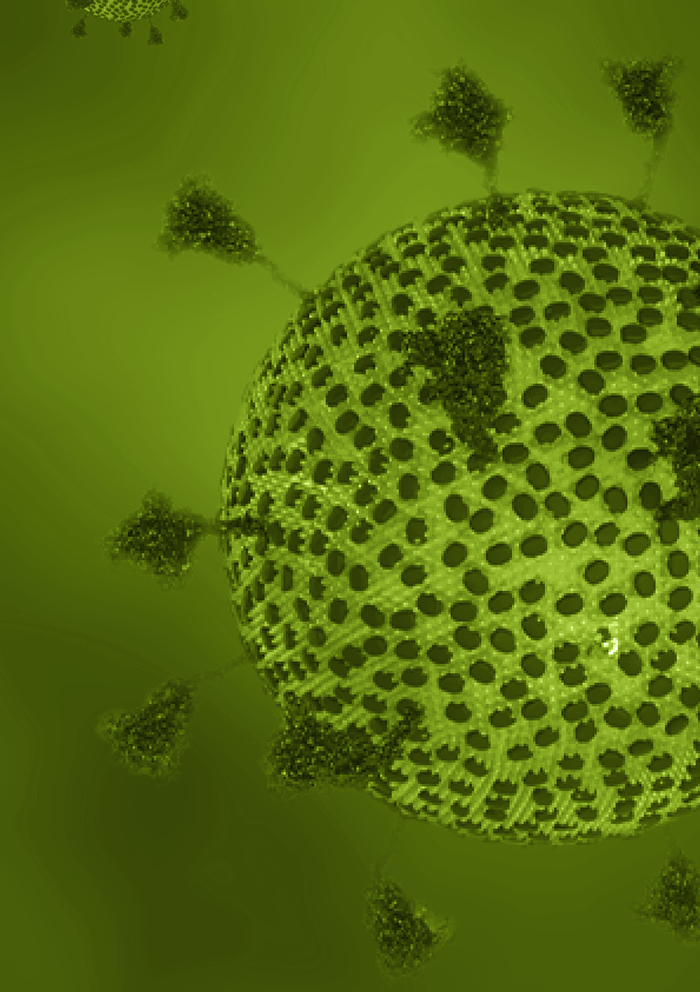 -
Volume 13,
Issue 1,
1971
-
Volume 13,
Issue 1,
1971
Volume 13, Issue 1, 1971
- Articles
-
Volumes and issues
-
Volume 105 (2024)
-
Volume 104 (2023)
-
Volume 103 (2022)
-
Volume 102 (2021)
-
Volume 101 (2020)
-
Volume 100 (2019)
-
Volume 99 (2018)
-
Volume 98 (2017)
-
Volume 97 (2016)
-
Volume 96 (2015)
-
Volume 95 (2014)
-
Volume 94 (2013)
-
Volume 93 (2012)
-
Volume 92 (2011)
-
Volume 91 (2010)
-
Volume 90 (2009)
-
Volume 89 (2008)
-
Volume 88 (2007)
-
Volume 87 (2006)
-
Volume 86 (2005)
-
Volume 85 (2004)
-
Volume 84 (2003)
-
Volume 83 (2002)
-
Volume 82 (2001)
-
Volume 81 (2000)
-
Volume 80 (1999)
-
Volume 79 (1998)
-
Volume 78 (1997)
-
Volume 77 (1996)
-
Volume 76 (1995)
-
Volume 75 (1994)
-
Volume 74 (1993)
-
Volume 73 (1992)
-
Volume 72 (1991)
-
Volume 71 (1990)
-
Volume 70 (1989)
-
Volume 69 (1988)
-
Volume 68 (1987)
-
Volume 67 (1986)
-
Volume 66 (1985)
-
Volume 65 (1984)
-
Volume 64 (1983)
-
Volume 63 (1982)
-
Volume 62 (1982)
-
Volume 61 (1982)
-
Volume 60 (1982)
-
Volume 59 (1982)
-
Volume 58 (1982)
-
Volume 57 (1981)
-
Volume 56 (1981)
-
Volume 55 (1981)
-
Volume 54 (1981)
-
Volume 53 (1981)
-
Volume 52 (1981)
-
Volume 51 (1980)
-
Volume 50 (1980)
-
Volume 49 (1980)
-
Volume 48 (1980)
-
Volume 47 (1980)
-
Volume 46 (1980)
-
Volume 45 (1979)
-
Volume 44 (1979)
-
Volume 43 (1979)
-
Volume 42 (1979)
-
Volume 41 (1978)
-
Volume 40 (1978)
-
Volume 39 (1978)
-
Volume 38 (1978)
-
Volume 37 (1977)
-
Volume 36 (1977)
-
Volume 35 (1977)
-
Volume 34 (1977)
-
Volume 33 (1976)
-
Volume 32 (1976)
-
Volume 31 (1976)
-
Volume 30 (1976)
-
Volume 29 (1975)
-
Volume 28 (1975)
-
Volume 27 (1975)
-
Volume 26 (1975)
-
Volume 25 (1974)
-
Volume 24 (1974)
-
Volume 23 (1974)
-
Volume 22 (1974)
-
Volume 21 (1973)
-
Volume 20 (1973)
-
Volume 19 (1973)
-
Volume 18 (1973)
-
Volume 17 (1972)
-
Volume 16 (1972)
-
Volume 15 (1972)
-
Volume 14 (1972)
-
Volume 13 (1971)
-
Volume 12 (1971)
-
Volume 11 (1971)
-
Volume 10 (1971)
-
Volume 9 (1970)
-
Volume 8 (1970)
-
Volume 7 (1970)
-
Volume 6 (1970)
-
Volume 5 (1969)
-
Volume 4 (1969)
-
Volume 3 (1968)
-
Volume 2 (1968)
-
Volume 1 (1967)
Most Read This Month
Article
content/journal/jgv
Journal
10
5
false
en


